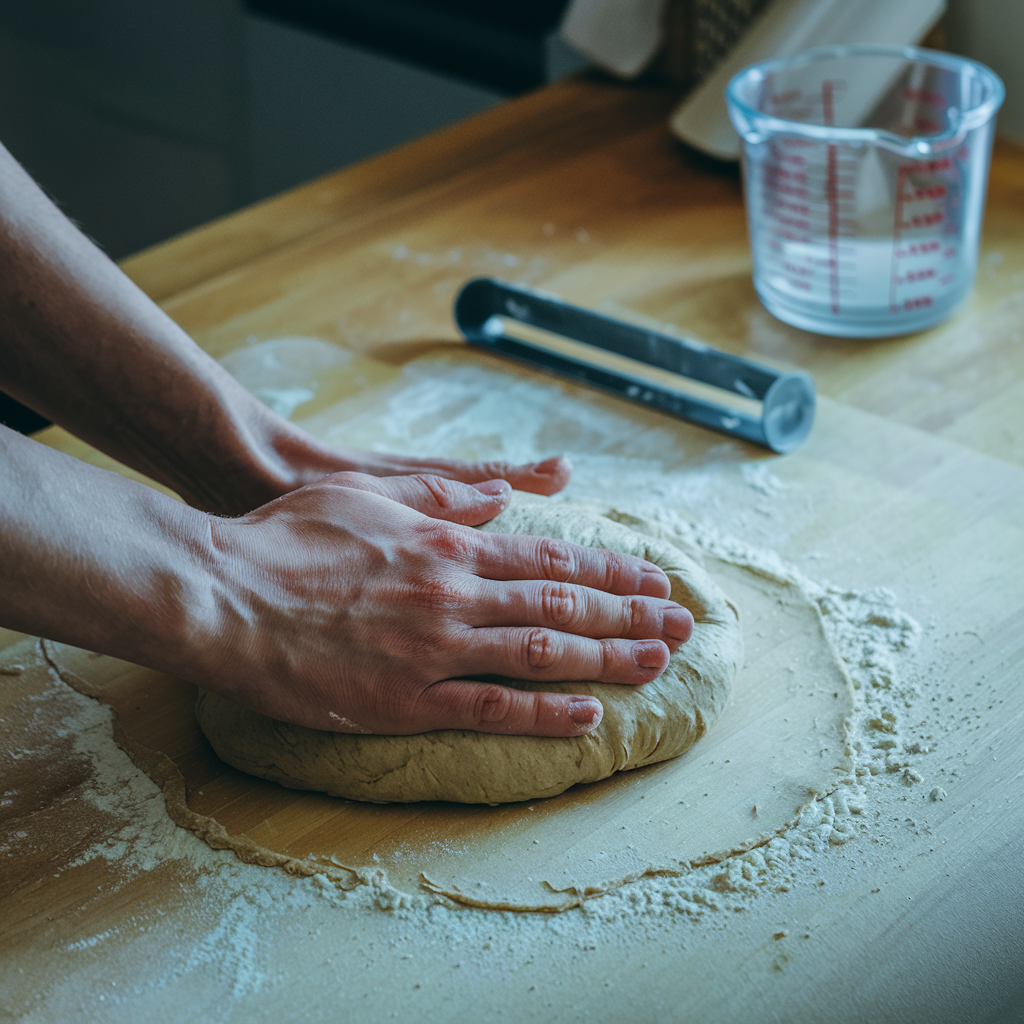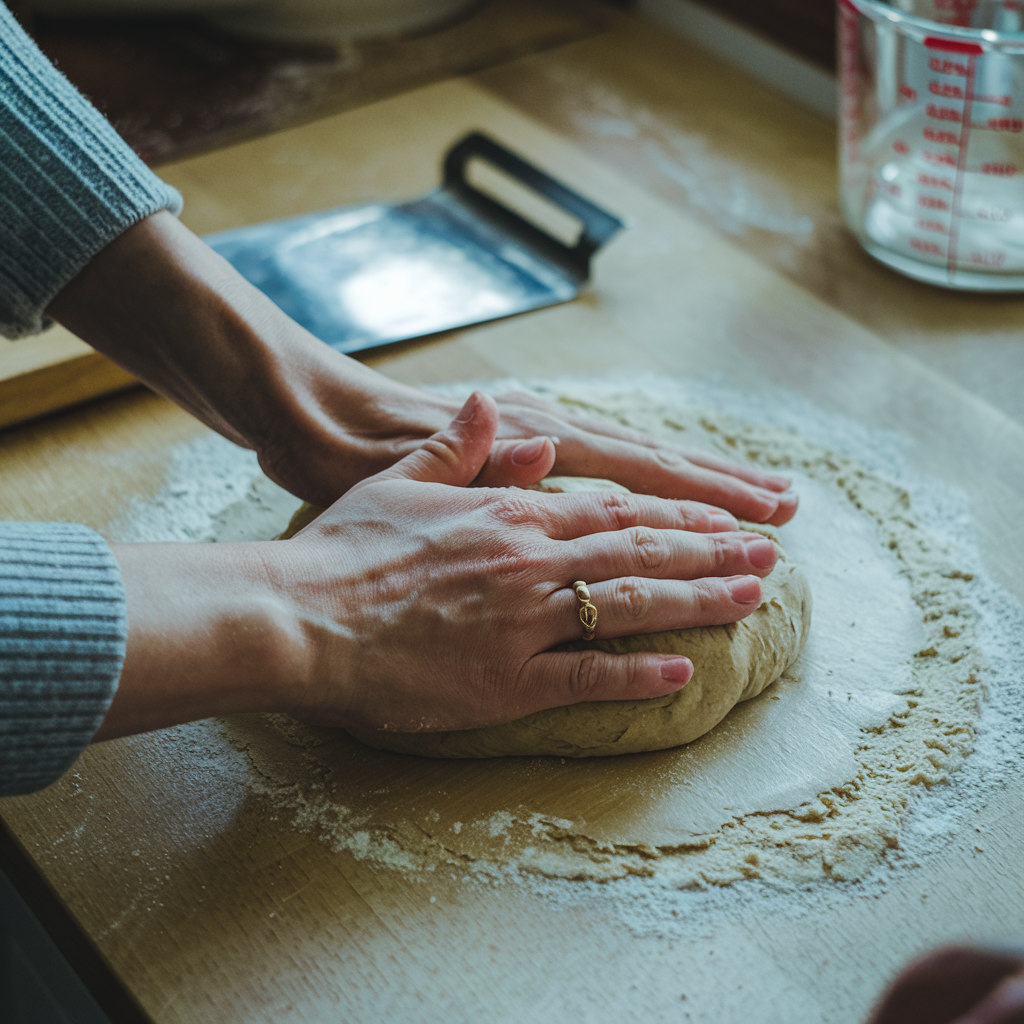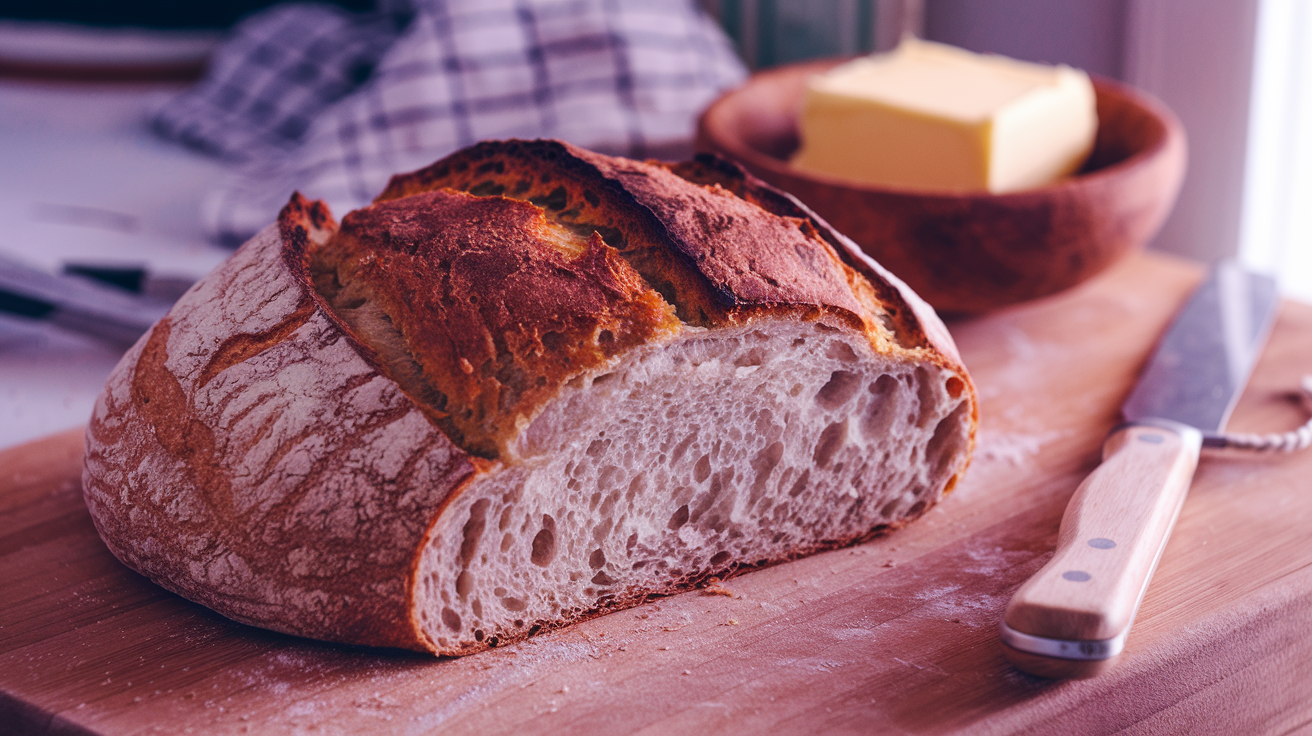Introduction to Bread Recipes
Bread recipes are the cornerstone of many kitchens, blending simplicity with versatility. Whether you’re crafting a rustic loaf or experimenting with artisan techniques, bread-making is a rewarding culinary adventure. In this guide, we’ll uncover everything you need to know about baking bread at home, from essential ingredients to creative variations.
Bread is more than just food—it’s tradition, comfort, and art. Home-baked bread offers unmatched flavor, texture, and satisfaction. Moreover, the process of baking bread can be therapeutic, making it a favorite pastime for many. If you’re a beginner, don’t worry. With a simple bread recipe, you can create delicious results that rival your favorite bakery.
Throughout this article, you’ll discover tips and tricks to make your bread rise to perfection, focusing on crafting your next favorite bread recipe. Learn how to bake bread at home with this comprehensive guide featuring tips, tools, and simple bread recipes. So, roll up your sleeves, preheat the oven, and let’s dive into the world of bread recipes.
Essential Ingredients for Bread Recipes
Simple Ingredients for Your Bread Recipe
Bread Recipe Must-Haves
Bread Recipe Basics
Every bread recipe starts with a few fundamental ingredients. These building blocks form the foundation of almost any loaf, no matter how simple or complex.
Core Ingredients:
- Flour: The backbone of any bread recipe, flour provides structure. All-purpose flour works for many recipes, but bread flour offers higher protein for better gluten development.
- Water: Water hydrates the flour, activating gluten and allowing the dough to form.
- Yeast: Yeast is essential for fermentation, which gives bread its airy texture. Use active dry yeast or instant yeast, depending on your recipe.
- Salt: Salt enhances flavor and controls yeast activity, ensuring a steady rise.
Optional Additions:
- Sugar or honey: These add sweetness and help with browning.
- Oil or butter: Fats improve softness and moisture.
- Milk or eggs: They enrich the dough, creating softer, richer bread.
By understanding these ingredients, you’ll have the flexibility to adjust any bread recipe to your liking.

Tools You’ll Need for Your Bread Recipe
Making bread is simple, but having the right tools ensures consistent success. Here are the must-haves for any home baker:
Basic Tools:
- Mixing bowls: Large, sturdy bowls for combining ingredients.
- Measuring cups and spoons: Precision matters in baking, so accurate measurements are key.
- Kitchen scale: For the most accurate ingredient measurements, especially for flour.
Specialty Tools:
- Dough scraper: Useful for kneading and transferring dough.
- Proofing basket: Perfect for shaping and rising artisan loaves.
- Bench scraper: Helps divide and shape dough easily.
- Oven thermometer: Ensures your oven is at the correct temperature.
- Baking stone or sheet: Essential for even heat distribution.
Having these tools makes tackling any bread recipe more manageable and enjoyable.
Step-by-Step Guide to Perfect Bread Recipes
Mixing Dough for Bread Recipes
The first step in any bread recipe is mixing the dough. Combine your flour, water, yeast, and salt in a large bowl. If your recipe calls for sugar or oil, add them at this stage.
- Stir until all ingredients are well combined.
- The dough should be shaggy but not too wet. Adjust with more flour or water as needed.
Mixing properly ensures the gluten begins to develop, setting the stage for smooth kneading.
Kneading Bread Dough
Kneading is where the magic of gluten development happens. For beginners, this step might feel intimidating, but it’s easier than it seems.
- Turn the dough onto a lightly floured surface.
- Push the dough forward with the heel of your hand, fold it over, and repeat.
- Knead for 8-10 minutes until the dough is smooth and elastic.
Alternatively, you can use a stand mixer with a dough hook to save time and effort. Proper kneading ensures your bread recipe produces a chewy, well-structured loaf.
Proofing and Shaping
Proofing, or letting the dough rise, is essential for creating airy bread.
- Place the kneaded dough in a lightly oiled bowl, cover it, and let it rise until doubled in size (1-2 hours).
- After proofing, punch down the dough to release air.
- Shape the dough into your desired form, whether it’s a round boule, a baguette, or a sandwich loaf.
Allow the shaped dough to proof a second time before baking. This final rise helps the bread hold its shape.
Baking to Perfection
Baking transforms your dough into a golden loaf. Preheat your oven according to the bread recipe.
- If using a baking stone, place it in the oven during preheating.
- For a crisp crust, spritz water into the oven before placing the dough.
- Bake until the bread is golden brown and sounds hollow when tapped.
Let the bread cool on a wire rack before slicing. Cooling allows the structure to set, ensuring perfect slices.
« Create easy weeknight dinners using ideas from our Easy Crockpot Meals and enjoy dessert with this Easy Banana Bread Recipe. »
Creative Bread Recipe Variations for All Tastes
One of the joys of baking is experimenting with variations. Here are some ideas to inspire you:
- Whole wheat bread: Substitute whole wheat flour for added nutrients and a nutty flavor.
- Sourdough: Ferment your dough with a sourdough starter for tangy, artisan bread.
- Sweet breads: Add sugar, cinnamon, or dried fruit for a dessert-like loaf.
- Savory bread: Mix in herbs, cheese, or olives for extra flavor.
These variations allow you to tailor any bread recipe to your tastes.
Nutritious Bread Recipe Options for Healthy Living
For health-conscious bakers, modifying a bread recipe can make it more nutritious.
- Use whole grains: Opt for whole wheat, spelt, or rye flour.
- Reduce sugar: Limit sweeteners or replace them with natural options like honey.
- Add seeds: Mix in flaxseeds, chia seeds, or sunflower seeds for added texture and nutrition.
- Experiment with gluten-free flours: Almond, coconut, or oat flour works well for gluten-free diets.
With these alternatives, you can enjoy delicious bread without compromising your health goals.
Common Bread Recipe Mistakes to Avoid
Even experienced bakers encounter challenges. Avoid these common pitfalls:
- Using water that’s too hot: This can kill the yeast.
- Not kneading enough: Insufficient kneading results in dense bread.
- Skipping the second proof: Rushing leads to uneven textures.
- Opening the oven mid-bake: This causes temperature drops and uneven baking.
By paying attention to these details, your bread recipe will turn out perfectly every time.
Bread Recipe Tips for Make-Ahead Convenience
Preparing bread in advance can save time and effort. Here are some strategies:
- Refrigerate the dough: After kneading, refrigerate the dough overnight. This slows fermentation, enhancing flavor.
- Freeze-shaped dough: Shape your dough and freeze it before the second rise. Thaw and proof before baking.
- Bake and freeze loaves: Fully bake bread, cool it, and freeze for up to three months.
These tips help you enjoy fresh bread without spending hours in the kitchen.
Bread Recipe Pairings with Meals and Drinks
Bread pairs beautifully with countless dishes and drinks. Here are some popular pairings:
- Soups and stews: Crusty bread complements hearty dishes.
- Cheese and charcuterie: Artisan bread enhances cheese boards.
- Coffee or tea: Sweetbreads pair perfectly with morning beverages.
- Wine and dips: Enjoy bread with hummus, olive oil, or bruschetta.
Pairing bread thoughtfully elevates any meal, showcasing the versatility of your bread recipe.
Frequently Asked Questions About Bread Recipes
What Ingredient Makes Bread Tender?
The ingredient that makes bread tender is typically fat, such as butter, oil, or eggs. These enrich the dough, adding softness and a melt-in-your-mouth texture. Milk can also contribute to tenderness, as it alters the protein structure of the dough, resulting in a softer crumb.
What Does Paska Taste Like?
Paska, a traditional Easter bread, has a slightly sweet flavor with hints of vanilla or citrus, depending on the recipe. It’s often enriched with butter and eggs, giving it a rich and tender crumb. Some variations include raisins or other dried fruits, adding a delightful sweetness.
What Is Pao Made Of?
Pao, a type of Portuguese bread, is made from basic ingredients: flour, water, yeast, and salt. Its simplicity allows it to pair well with a variety of dishes. Some recipes incorporate milk or butter for a softer texture.
Is It Better to Make Bread with AP Flour or Bread Flour?
Bread flour is generally better for making bread, as it has a higher protein content that supports gluten development. This results in a chewier and more structured loaf. However, all-purpose flour works well for softer breads or when a lighter texture is desired.
Are Bao Buns Healthy?
Bao buns can be healthy depending on how they are prepared. They are often steamed, which is a low-fat cooking method. However, the fillings and any added sugar or fat in the dough can affect their nutritional profile. Opt for lean protein or vegetable fillings for a healthier option.

Conclusion: Why You Should Bake Bread at Home
Baking bread at home is a fulfilling experience that combines creativity with practicality. With a reliable bread recipe, you can create loaves that surpass store-bought options in taste, texture, and quality.
Homemade bread also allows you to control the ingredients, ensuring a healthier product for your family. Plus, the process is a fun, hands-on activity that anyone can enjoy.
So, gather your ingredients, follow these tips, and start baking. The satisfaction of pulling a fresh loaf from the oven is truly unmatched.

2 réflexions au sujet de “Bread Recipe Guide: Bake Perfect Loaves at Home”